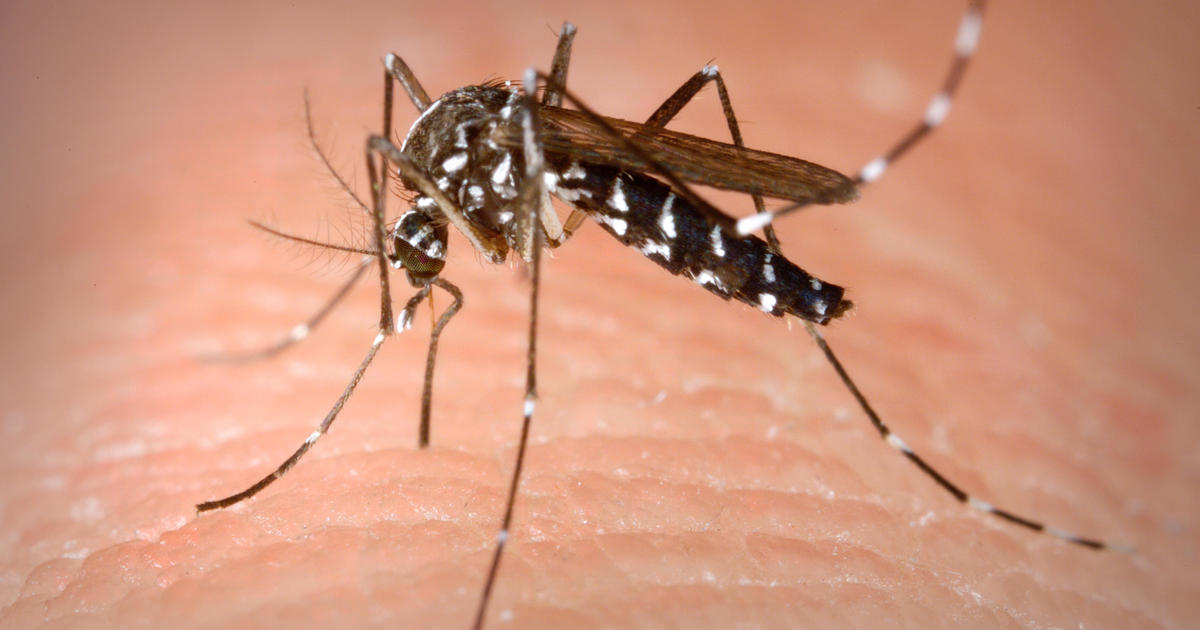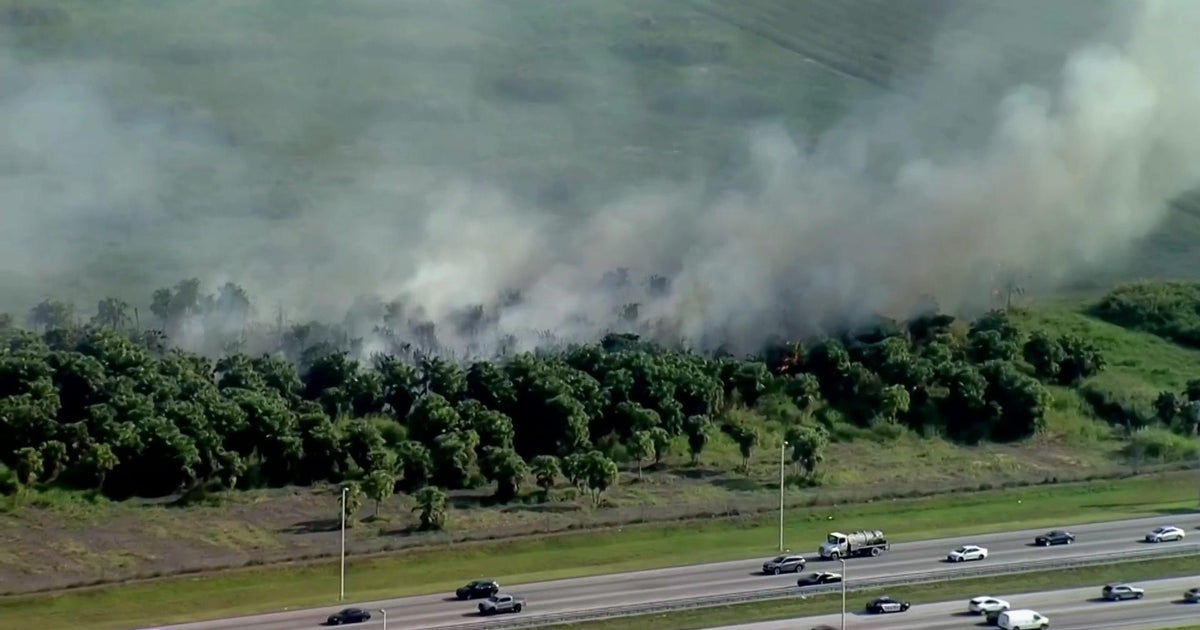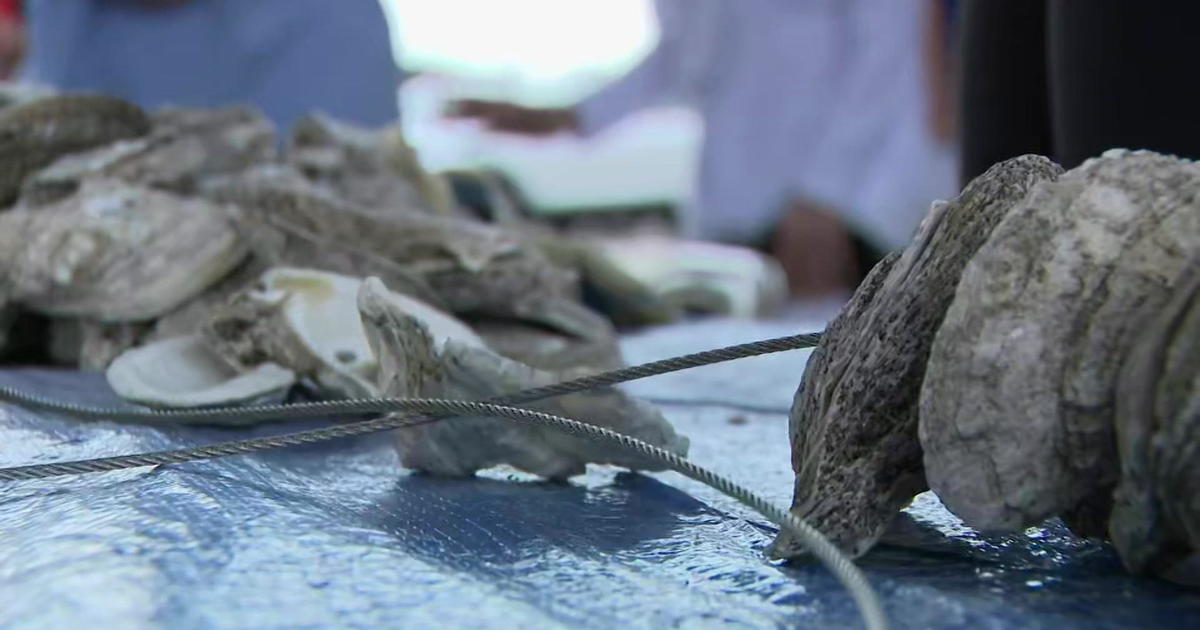Study: Slightest Change Can Thwart Hurricane Season Forecasts
MIAMI (CBSMiami) – Scientists are learning more about why some hurricane seasons and storms are worse than others.
According to the National Center for Atmospheric Research and Northwest University (South Africa) scientists, "internal variability" exist and play a role in hurricane seasons.
Even the slightest alteration of the atmosphere can have a profound outcome on the season.
It could explain why the 2013 Atlantic hurricane season was considered "quiet" when it was over, but was predicted to be an active one prior to the season beginning.
The scientists found processes that unfold outside of events such as El Niño and other large-scale hurricane shaping elements can alter the season.
NCAR scientists said the results suggest seasonal hurricane forecasts can be improved by factoring-in additional smaller-scale atmospheric changes.
To prove their point, experts led by NCAR's James Done, performed a study on the busy 1998 Atlantic season. That season resulted in 14 tropical storms (10 of those became hurricanes). Half of the storms originated in the deep North Atlantic tropics. That region is where scientists say 85% of storms get their start. The NCAR and Northwest University scientists focused their research on that region.
The study team recreated the 1998 season multiple times using an NCAR-based version of the Weather Research and Forecasting model.
In each run, the scientists introduced minor variations in the atmosphere which were too small for the seasonal forecast models to spot. Ocean temperatures remained the same in all of the simulations.
Despite having similar starting points, 16 model runs produced largely varying results for the season. The total number of storms from the deep North Atlantic tropics varied from as few as 6 to as many as 12, the NCAR scientists reported. Each result depended on the simulation. During the actual 1998 season, seven named storms originated in that region.
In the early stages of storm formation, scientists found: "Small-scale features such as a blossoming cluster of thunderstorms or a pocket of strong upper-level wind can either nurture or crimp a potential hurricane. The specific timing, locations, and magnitudes of the small-scale features are dependent on internal processes of the climate system and thus cannot be known in advance of the season."
Variations in El Niño and La Niña were not considered in the study.
While it is known that El Niño years are less active than La Niña years, scientists believe that small scale changes examined in the study prove they need to be considered just as much as the large-scale climatological phenomena.
RELATED CONTENT:



